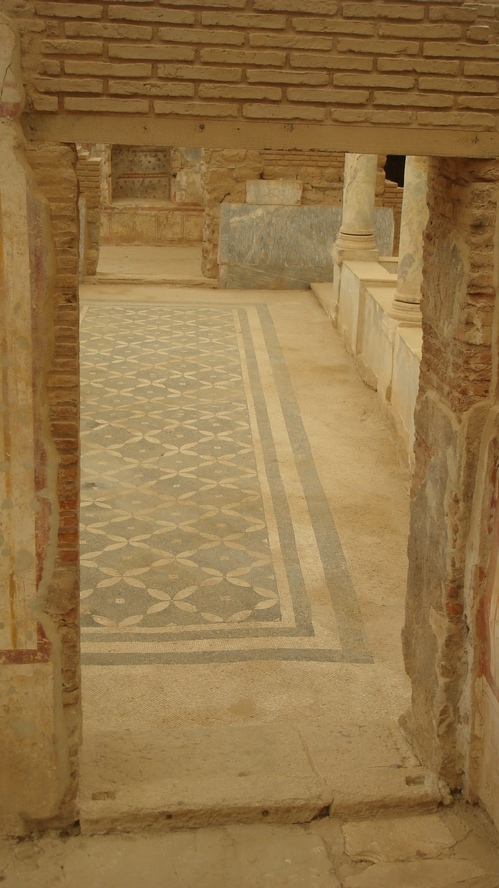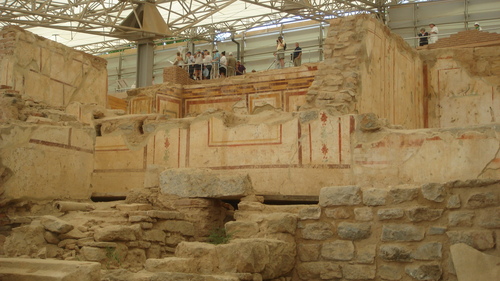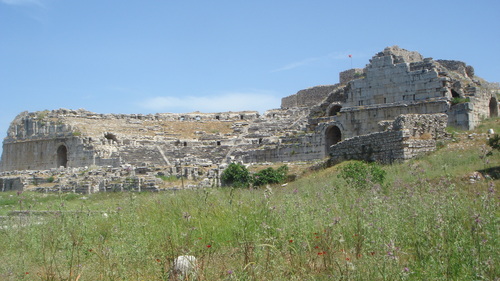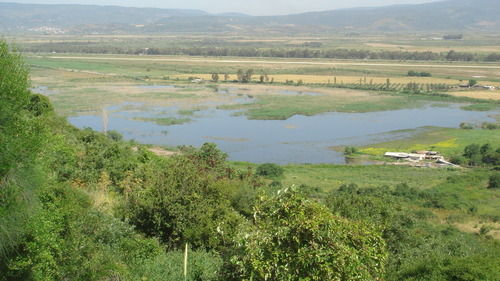Ephesus was indeed the city that Paul seems to have spent more time in than any other during his missionary period of life. He was here for over two years at one stretch and important letters of Paul (such as 1 Corinthians) were likely written from here. We have done posts before on Ephesus on this blog, but here we will concentrate on things not thus far covered. First of all Ephesus provides, rather like Pompeii a rather unique glimpse at how the wealthy lived.
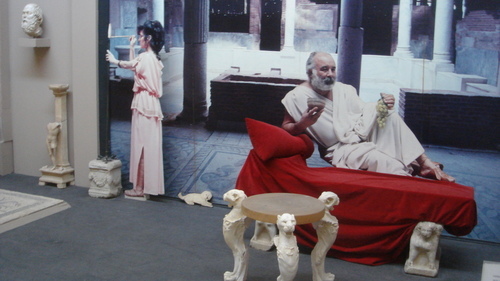
As it turns out, they lived quite comfortably, with the help of slaves, running water, indoor toilets and a host of other conveniences. The economic structure of the ancient world was very different from ours, with about 2% being uber-wealthy, and everybody else well below that level. There was not really what we would call a middle class, indeed there wasn’t really a class structure. There were patricians and plebians, and some of the former could be relatively financially encumbered, and some of the latter could be reasonably well off if they were successful in business. Free market capitalism was not even a thought in the minds of the ancients, and the economy was agrarian based, not subject to the ups and downs of the Dow. What drove prices of staple items were things like the weather— which produced drought or famine and then food shortage. Egypt was the breadbasket of the Empire when it came to all important wheat crops, and if there was drought then prices went up.
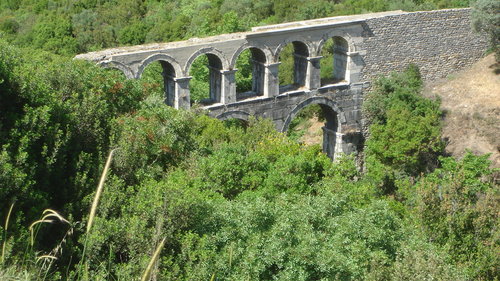
The other prime commodity was of course clean fresh water, which is why you see aqueducts all over the place near most major cities like Ephesus.
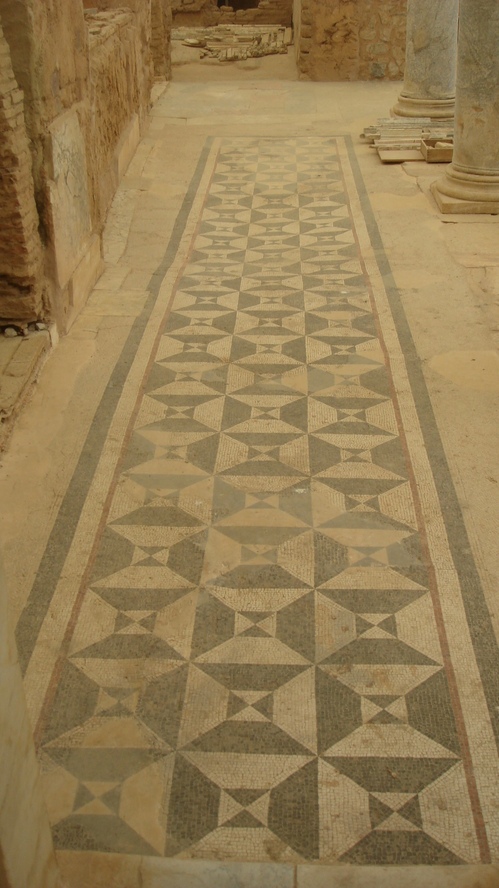
The terrace houses excavated by the Austrians at Ephesus is one of the truly spectacular digs in the Biblical world. The mosaic floor above, and the pictures below are from these houses, which amounted to wealthy people’s condos right in the middle of the city of Ephesus.
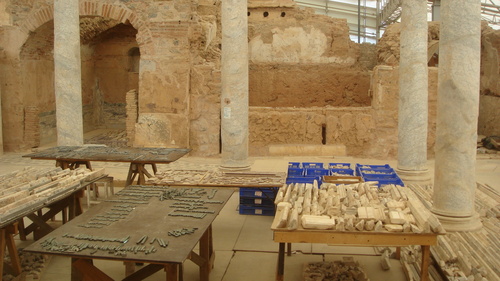
Here above you get a sense of the magnitude of the work. What you see on these tables is bits of the wall friezes and the mosaics which the archaeologists are literally trying to piece together and then put back in place in this monumental reception hall in one of the large terrace houses.
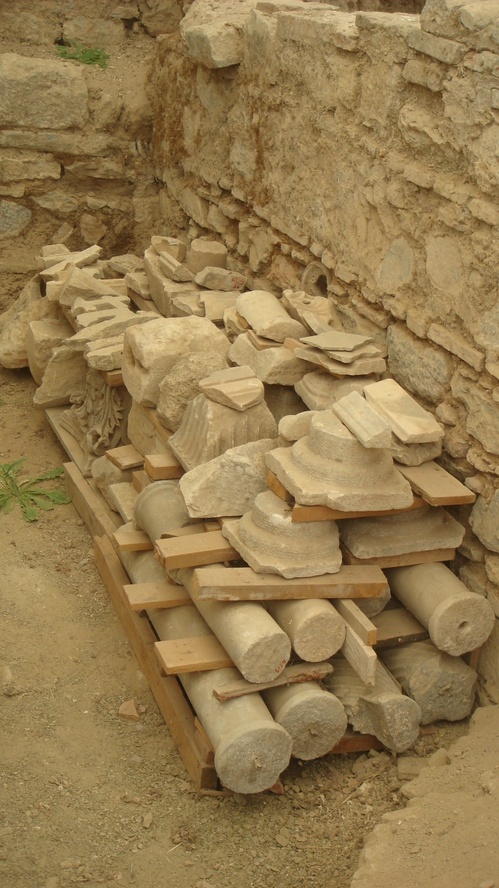
But its not just a matter of reconstructing mosaics or friezes. There are pots and columns to put back in place, and as shown below, marble facades for walls which hid the brick construction beneath it.
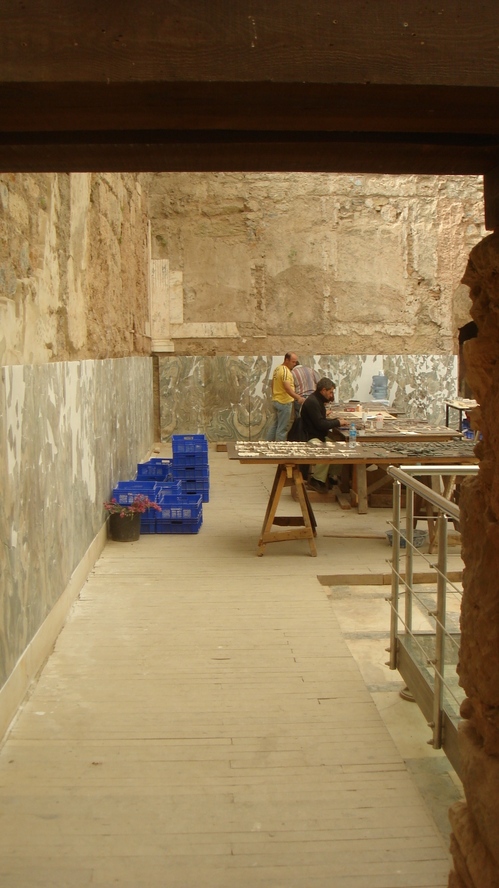
But the results of all this painstaking meticulous slow work for years are spectacular. Consider the following set of pictures.
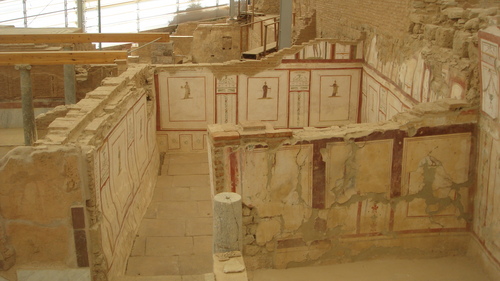
Or consider the finding of this marble bench, complete with backgammon board carved into its middle.
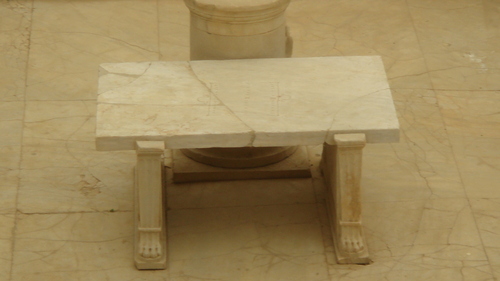
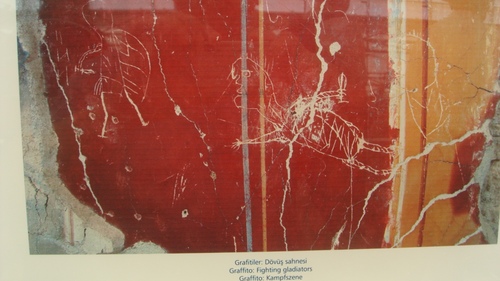
As at Pompeii various forms of graffiti have been found, such as that above, and on a more mundane level, potsherds with bills or inventories written on them have been found as well (see below)
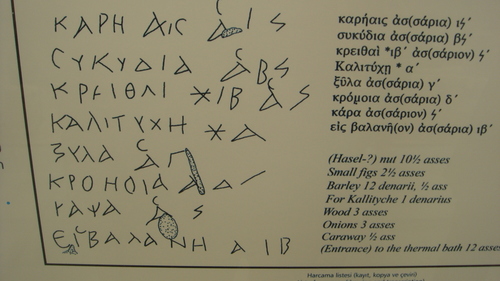
There is no end to what we can learn about the social context of Paul’s world in Ephesus from such findings, but in our next post we will turn to something more off the beaten track, and indeed up to a cliff overlooking Ephesus— the cave church of Paul and Thecla.









